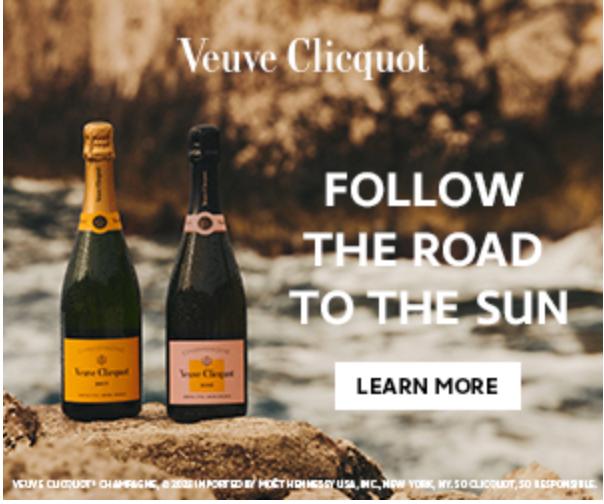Patchogue Theatre March 22: An Evening with Judge Reinhold and a Screening of ‘Fast Times at Ridgemont High’ March 22
JUDGE REINHOLD has been in over seventy-five motion picture and television roles and enjoys a 35-year relationship with an international audience of all ages. His films include STRIPES, FAST TIMES AT RIDGEMONT HIGH, RUTHLESS PEOPLE, and Christmas franchise, THE SANTA CLAUSE 1,2,3. BEVERLY HILLS COP 1, 2, 3 play continually internationally, making Judge a familiar presence worldwide. FAST TIMES and BEVERLY HILLS COP were recently voted by the American Film Institute as two of the “Top 100 American Comedies.”
Judge received an Emmy nomination for his performance as “The Close Talker” on Seinfeld, and his guest-star appearances in Seinfeld and Arrested Development received two of the highest ratings on both series. Judge most recently co-starred with Eddie Murphy in the highly anticipated fourth installment of the Beverly Hills Cop franchise to be released in 2024.
Judge has been an active member of the Academy of Motion Picture Arts and Sciences since 1987.




[…] Patchogue Theatre: An Evening with Alan Ruck and a Screening of ‘Ferris Bueller’s Day Off’ April 6 2024 […]